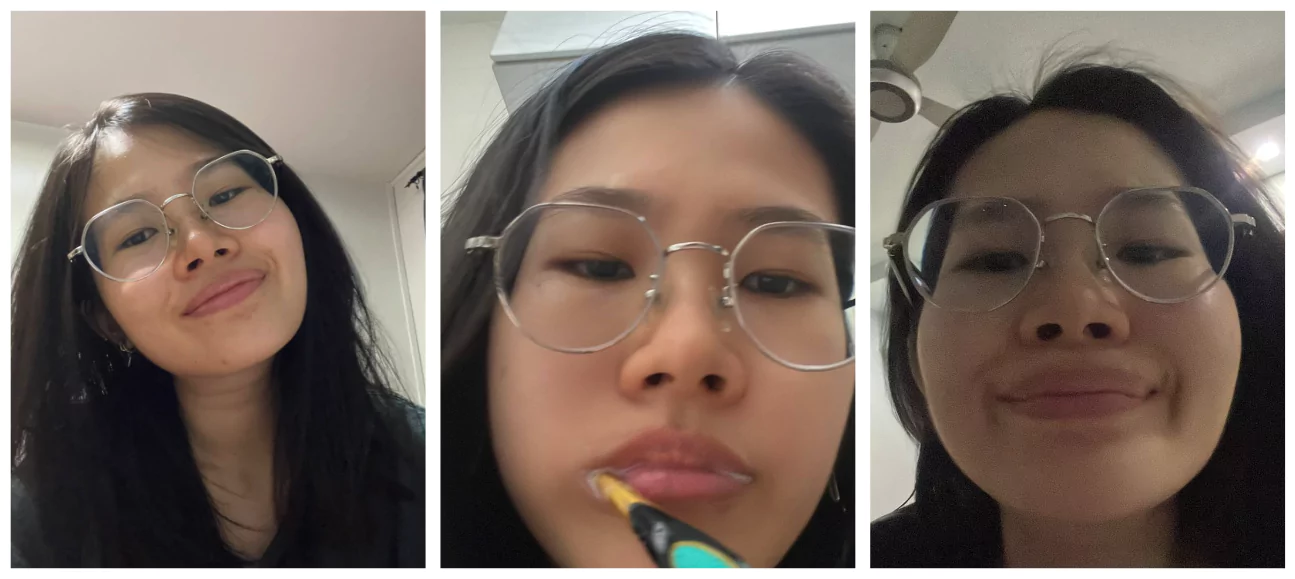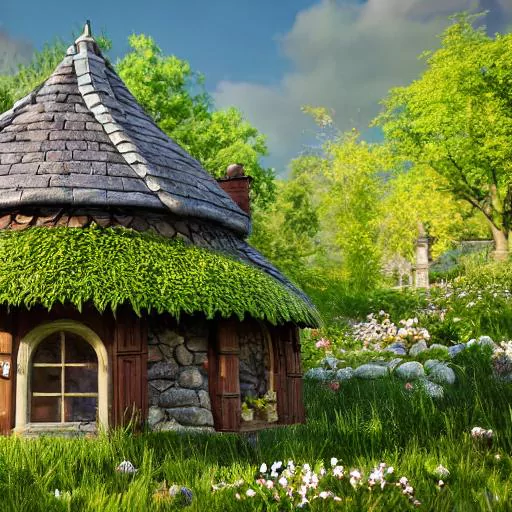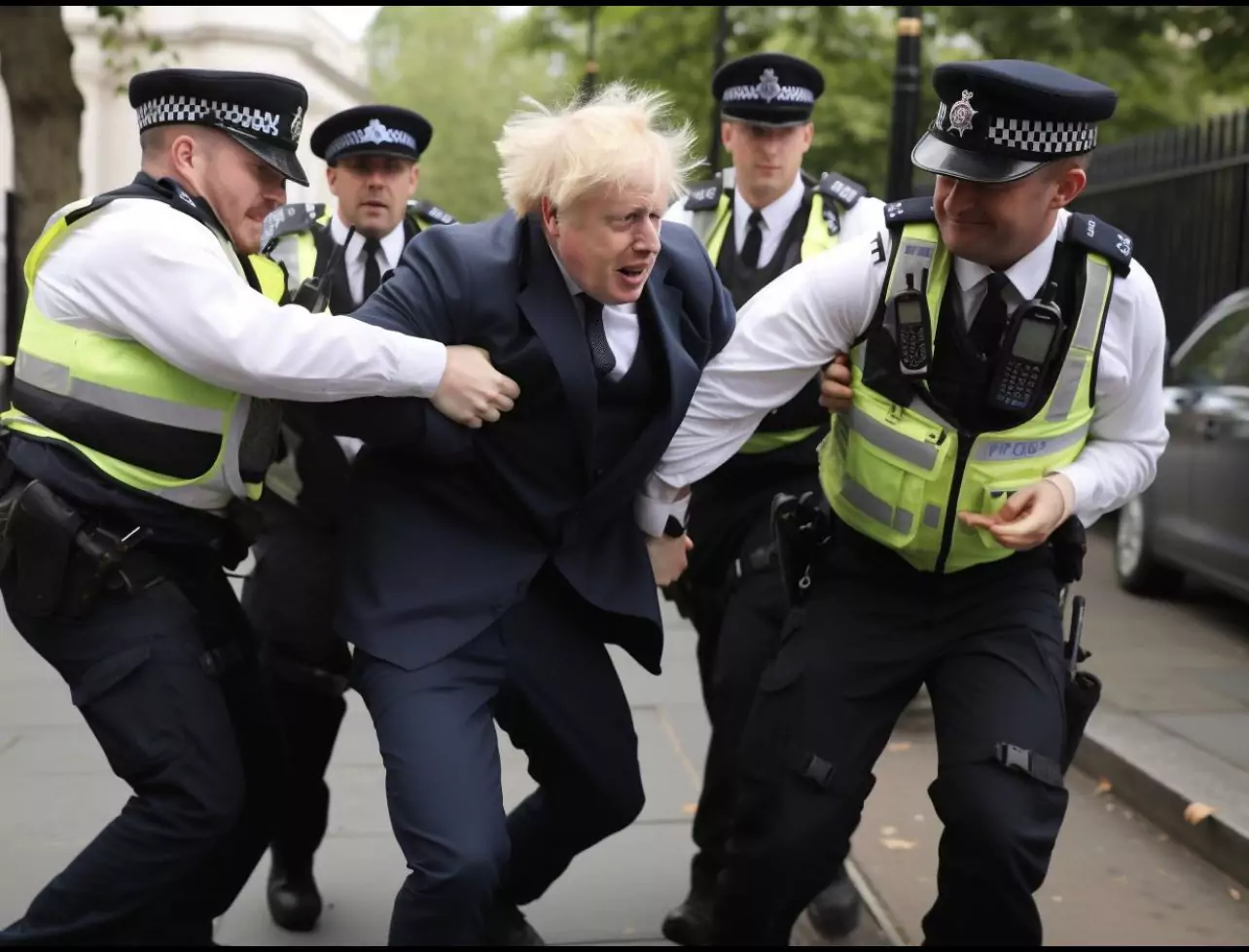It was a lazy Sunday night. While doomscrolling on my phone, I come across an ad promoting realistic AI-generated profile pictures. With just 4 to 12 pictures, the app promised to generate hyperrealistic photos that “look like they were taken by a professional photographer”—all within a few minutes.
I check the time—bedtime is in 10 minutes. I decided to give it a shot.
Cloning myself for $4.99
The process of cloning myself was fairly simple. First, I uploaded a few photos of myself in different angles. It then took a few minutes to “train the AI” to capture my likeness and replicate it in a variety of poses and expressions. Once that was ready, I was able to choose from different styles—ranging from professional to casual—to start experimenting with.
For $4.99, the results were pretty impressive:

For comparison, here are (a few of) the selfies that were used to train the AI:

Besides making me look a little gaunt (I have a round face), the AI appears to capture my likeness relatively well. In fact, it would be an entirely believable LinkedIn profile picture if not for the fact that you would most likely never see me in these clothes. But for an AI trained using only 6 photos, this was already a thousand times better than I expected.
In today's tech landscape, it’s not uncommon to mistake an AI-generated photo for a real one. For one, AI image generation technology has become much more sophisticated over the years, and is still improving itself with human feedback and data. To appreciate how much AI has advanced in the last few years, compare the output of popular AI image generator Midjourney as the technology evolved over the span of just 1.5 years:

What AI generators get right
AI generators have gotten crazy good at mimicking different artistic styles. They can analyze thousands of examples of a particular style and learn to generate new images in that same style.
For instance, generators that have studied lots of impressionist paintings are able to create new impressionist-style images with those signature dabs and dashes of colorful paint. The results really capture the ‘feel’ of that era, even if they’re not exactly museum-worthy.
The same goes for styles like cubism, surrealism, or abstract expressionism. Feed an AI enough examples, and it starts to get a sense of what makes that style distinctive. It learns how to recreate the colors, shapes, subjects, and textures that define the genre.


Of course, AI art will never match human creativity and emotional expression. But these generators show how AI can develop a nuanced understanding of artistic styles by analyzing patterns in huge datasets. They give us a glimpse into how machines perceive and interpret visual culture.
Some critics argue that AI art is just mindless mimicry, but that’s missing the point. What’s intriguing is how AI absorbs and reimagines the styles that humans have crafted over centuries of artistic progress. AI art may never move us in the way that human art can, but watching how AI navigates the creative process and builds on the foundations of human culture is fascinating in its own right.
AI generators have come a long way in a short time. While early attempts produced basic, repetitive designs, today's models are capable of generating complex, intricate works of art which some may find challenging to tell apart from real photos.
What AI generators get wrong
Back in March, many of us were fooled by this hyperrealistic photo of the Pope when Reddit user Pablo Xavier posted it online:

When I first saw this picture of Pope Francis in a dapper Balenciaga puffer, I was convinced it was real despite thinking how ridiculous it was for the head honcho of the Roman Catholic Church to be spotted in a branded coat—no matter how chilly it was that day.
Improper papal fashion aside, closer inspection of the photo can reveal tiny clues that can help us determine if an image has been AI generated or not. Here are some things you can look out for the next time you’re confronted with yet another picture of the Pope:
Weird hands
You've probably seen AI-generated portraits with strange, bloated hands, too many fingers, or fingers bending in unnatural ways. The wrists often look elongated or misshapen. These types of errors are dead giveaways that the image was created by an AI and not an actual photo.
Despite the rapid progress AI generators have made, generating anatomically correct hands remains an elusive goal. Hands are complex with many small details—joints, fingernails, wrinkles, veins—that are hard to recreate. And hands come in all shapes, sizes, and poses. An infinite number of hand positions and gestures exist, so AI systems struggle to learn them all.
Inaccurate details
For one, AI generators often miss the mark when it comes to proportions and perspectives. They may place objects in implausible positions or scale items incorrectly in relation to each other. The algorithms are also prone to distorting shapes and forms in unnatural ways. For example, you might notice an overly long limb, unnatural facial expressions, or too many buttons on a keyboard. These types of minor mistakes may be easily missed when scrolling past hundreds of pictures and videos on our social media feeds.
Activity: Look closely at the pictures below. For each of them, point out 3 places that appear unnatural. (Answers revealed at the end of this article.)


Augmented human creativity
In the coming decades, the line between human and AI-generated art may start to blur. As people get accustomed to collaborating with creative AI systems, and as those systems become capable of producing extremely high-quality and personalized results, AI could become integral to many people's creative process.
AI as a Creative Partner
AI generators of the future will be collaborative creative partners. They will suggest ideas, themes and visual references to spark inspiration. People will be able to select and combine elements they like, then modify and build on AI-generated artwork. AI can generate numerous options, but humans will make the final creative choices.
This human-AI partnership will make art more accessible to amateurs and professionals alike. With AI handling initial legwork, people can focus on higher-level creative tasks. AI may generate landscapes, portraits or abstract designs which individuals then refine and make their own. The possibilities for co-creation will be endless.
What’s next for AI generators?
While AI will continue to get better at generating visuals, human artists need not worry just yet. Art requires not just technical skill but life experiences, empathy, and a desire to express something meaningful. AI has a long way to go before it can replicate those profoundly human qualities.
For now, appreciate their attempts at mimicking human creativity, but know that life's beauty lies in the intangible and ephemeral things that even the most advanced AI may never fully grasp. The mystery, the passion, the joy and sorrow—that's the art of living.
And that kind of art will always be uniquely human.
P.S. This article was co-authored with Hypotenuse’s AI writer.
Answers



Disclaimer: The opinions expressed in this article are the author's own and do not reflect the views of Hypotenuse AI or its affiliates.


